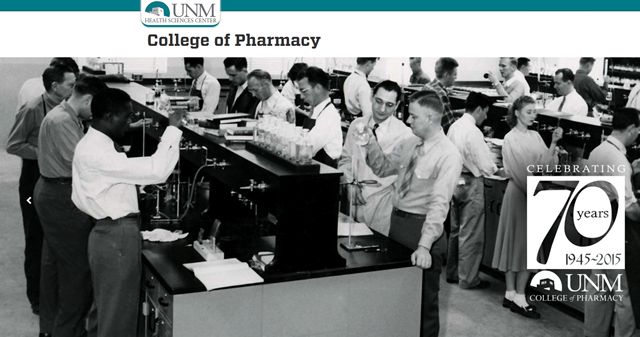
Pharmaceutical Sciences ETDs
Publication Date
12-1997
Abstract
Breast cancer is a major health concern for women, with only a small percent of the risk factors currently identified. It has been estimated that environmental factors may contribute to up to 80% of breast cancer cases. Many environmental carcinogens, such as polycyclic and halogenated aromatic hydrocarbons (PAHs and HAHs), are proven mammary carcinogens in animal models. Therefore, these studies were conducted to elucidate potential roles of PAHs and HAHs in alterations in known signaling pathways in human mammary epithelial cells (HMEC). Carcinogenic PAHs have previously been shown to produce sustained alterations in the calcium (Ca2') homeostasis of lymphocytes Therefore, one objective was to determine if carcinogenic compounds produce alterations in HMEC Ca2* homeostasis. The carcinogenic PAHs, benzo(a)pyrene (BaP) and 7,12- dimethylbenz(a)anthracene (DMBA), both produced sustained alterations in intracellular Ca2' in HMEC and MCF-10A cell line. Tetrachlorodibenzo-p-dioxin (TCDD) only produced alterations in Ca"* homeostasis in HMEC at early time points. The second objective of these studies was to determine if these alterations in Ca2* homeostasis were involved in alterations in growth factor signaling. TCDD and BaP induced MCF-10A growth under insulin-deficient (HE) conditions. This growth effect correlated with increased tyrosine phosphorylation of several proteins in whole cell lysates treated under HE conditions. The third objective of these studies was to determine if increased growth of MCF-10A under HE conditions was due to activation of insulin-like growth factor receptor-I (IGF-IR) and downstream signaling molecules. TCDD and BaP both increased the tyrosine phosphorylation of IGF-IR 3 subunit, and two downstream signaling molecules, insulin receptor substrate-1 and She. TCDD increased the activity of the phosphatidylinositol 3-kinase (PI3K) 3-fold and was more effective than BaP, suggesting a role for activation of PI3K in TCDD- and BaP-induced growth effects. Inhibition of PI3K i blocked the TCDD-induced growth of MCF-10A under HE conditions. In conclusion, these studies demonstrate that carcinogenic HAHs and PAHs alter Ca2* homeostasis in HMEC and MCF-10A, an effect which does not correlate with the ability to promote cell proliferation. Increased cell proliferation of MCF-10A under insulin-deficient conditions appears to be due to activation of IGF-IR and downstream signaling molecules by BaP [ and TCDD.
First Committee Member (Chair)
Burchiel, Scott
Degree Name
Pharmaceutical Sciences
Second Committee Member
Orr, Neil T.
Level of Degree
Doctoral
Third Committee Member
Manus, Craig
Department Name
College of Pharmacy
Language
English
Document Type
Dissertation
Keywords
cells, insulin, reproduction, tyrosine, intracellular, cancer
Recommended Citation
Tannheimer, Stacey L.. "ALTERATIONS IN CALCIUM HOMEOSTASIS AND THE INSULIN-LIKE GROWTH FACTOR SIGNALING PATHWAY INDUCED BY CARCINOGENIC POLYCYCLIC AND HALOGENATED AROMATIC HYDROCARBONS IN HUMAN MAMMARY EPITHELIAL CELLS." (1997). https://digitalrepository.unm.edu/phrm_etds/26
Included in
Cancer Biology Commons, Cell Biology Commons, Pharmacy and Pharmaceutical Sciences Commons
